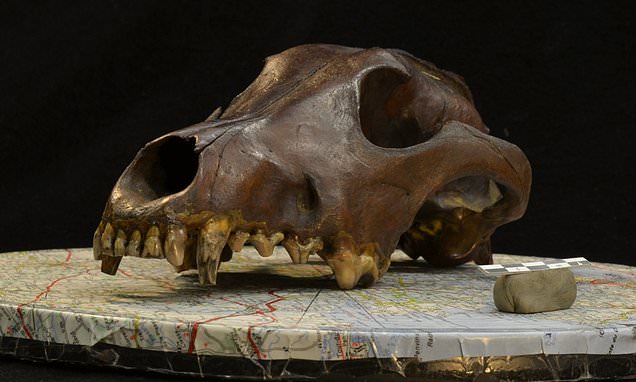Home / Science / Dogs Diversified Thousands of Years Ago, Challenging Breed Assumptions
Dogs Diversified Thousands of Years Ago, Challenging Breed Assumptions
14 Nov
Summary
- Dogs began diversifying in size and shape around 11,000 years ago
- Mesolithic and Neolithic dogs already displayed about half the cranial variation of modern dogs
- Selective breeding in Victorian era further accentuated extreme dog features

According to a study published on November 14, 2025, domestic dogs began diversifying in size and shape much earlier than previously believed - around 11,000 years ago, rather than just a few hundred years ago. Researchers at the University of Exeter analyzed over 600 modern and archaeological canine skulls spanning the last 50,000 years and found that dogs already showed a wide range of shapes and sizes during the Mesolithic and Neolithic periods.
The findings challenge the long-standing assumption that the extreme diversity seen in modern dog breeds is solely a product of selective breeding since the Victorian era. While the researchers acknowledge that Victorian breeders were largely responsible for establishing the breeds we know today, the study shows that an array of physical diversity in dogs dates back much further.
"Diversity among dogs isn't just a product of Victorian breeders, but instead a legacy of thousands of years of coevolution with human societies," said study author Dr. Carly Ameen. The earliest known domestic dog specimen came from a Russian Mesolithic site around 11,000 years ago, and the researchers also identified early dogs from America and Asia dating back 8,500 and 7,500 years respectively, all displaying "domestic skull shapes."
As dogs took on diverse roles in early human societies, from hunting and herding to companionship, even more variation emerged relatively quickly. However, the researchers note that the selective breeding of extreme and unhealthy features like elongated bodies and flat faces is a more recent phenomenon dating back to the late 1800s.




